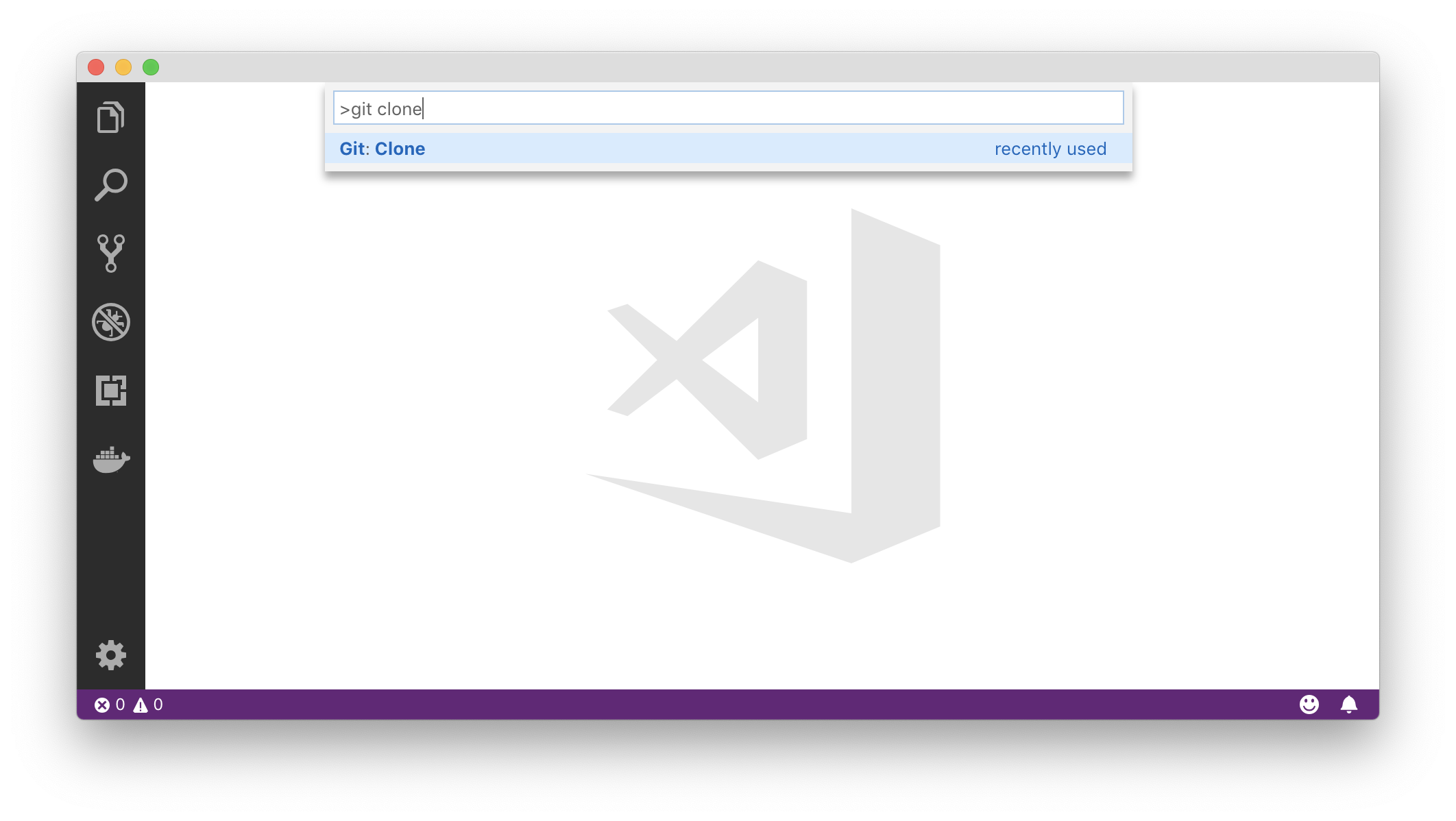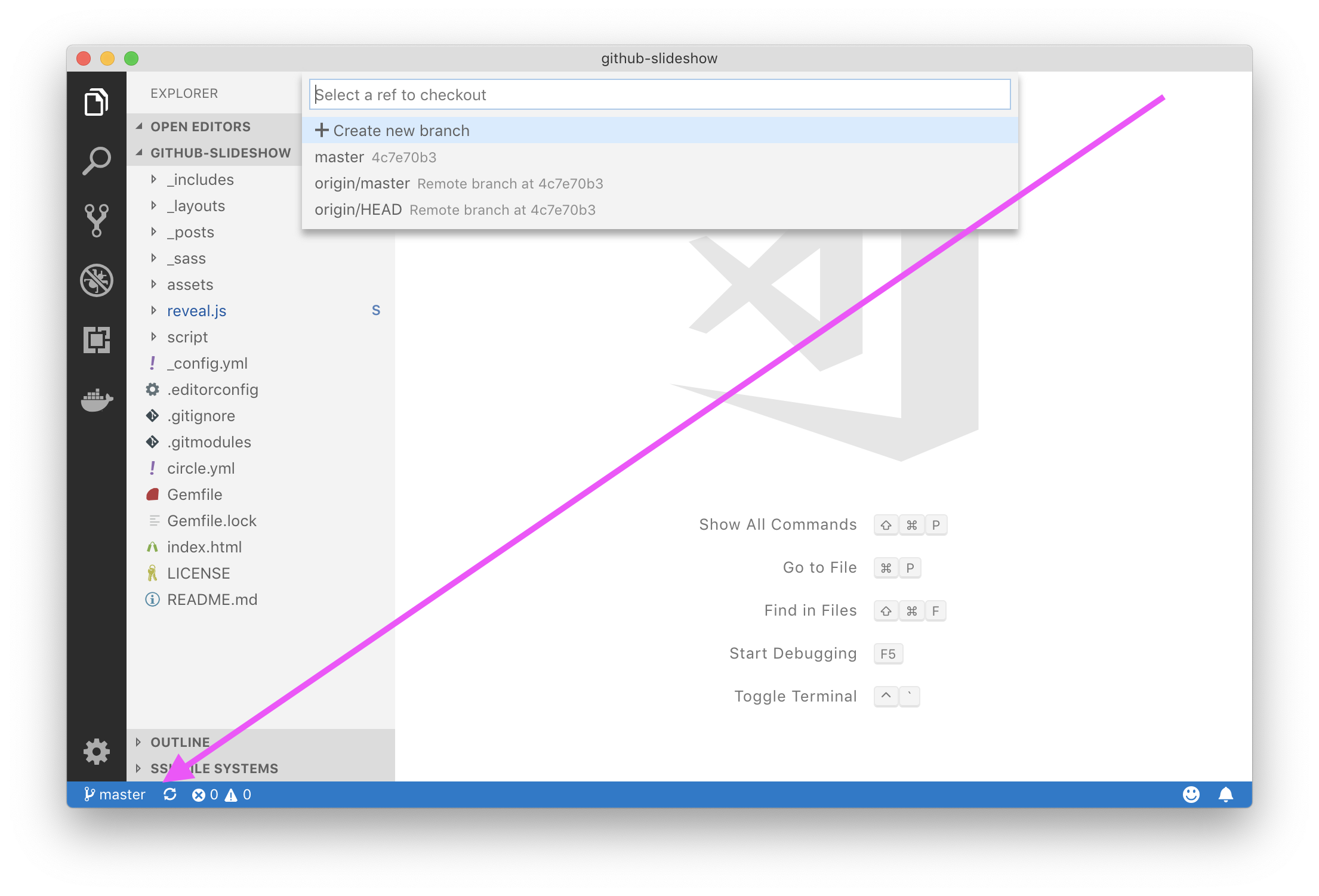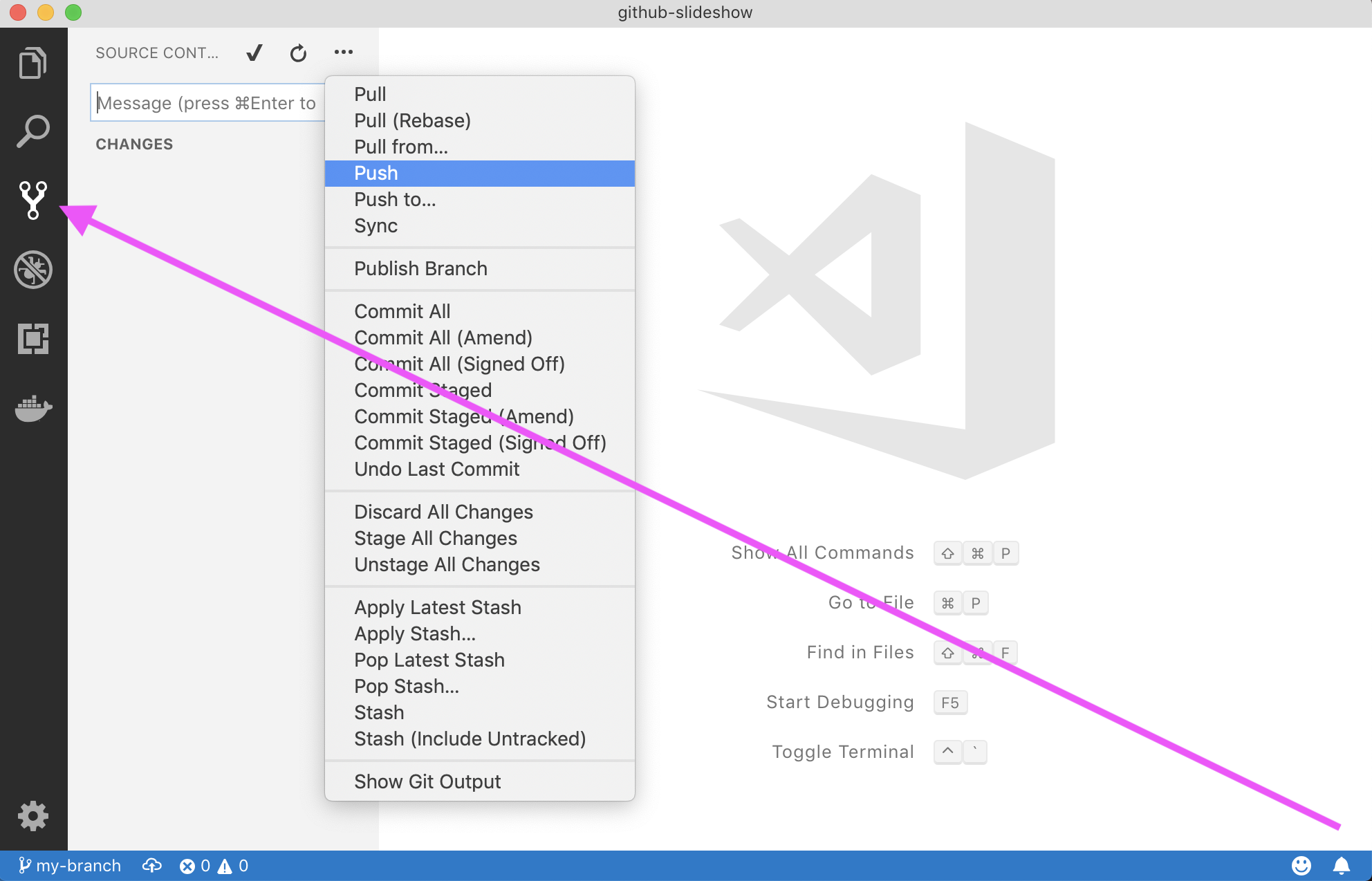-
Notifications
You must be signed in to change notification settings - Fork 0
New issue
Have a question about this project? Sign up for a free GitHub account to open an issue and contact its maintainers and the community.
By clicking “Sign up for GitHub”, you agree to our terms of service and privacy statement. We’ll occasionally send you account related emails.
Already on GitHub? Sign in to your account
Your first contribution #2
Comments
Step 4: Create a branchLet’s complete the first step of the GitHub flow: creating a branch 📖. Creating a branchCreating a branchYou just learned how to create a branch—the first step in the GitHub flow. Branches are an important part of the GitHub flow because they allow us to separate our work from the Tips for using branchesA single project can have hundreds of branches, each suggesting a new change to the The best way to keep branches organized with a team is to keep them concise and short-lived. In other words, a single branch should represent a single new feature or bug fix. This reduces confusion among contributors when branches are only active for a few days before they’re merged 📖 into the ⌨️ Activity: Your first branch
I'll respond when I detect a new branch has been created in this repository. |



Introduction to GitHub flow
Now that you're familiar with issues, let's use this issue to track your path to your first contribution.
People use different workflows to contribute to software projects, but the simplest and most effective way to contribute on GitHub is the GitHub flow.
📺 Video: Understanding the GitHub flow
Read below for next steps
The text was updated successfully, but these errors were encountered: